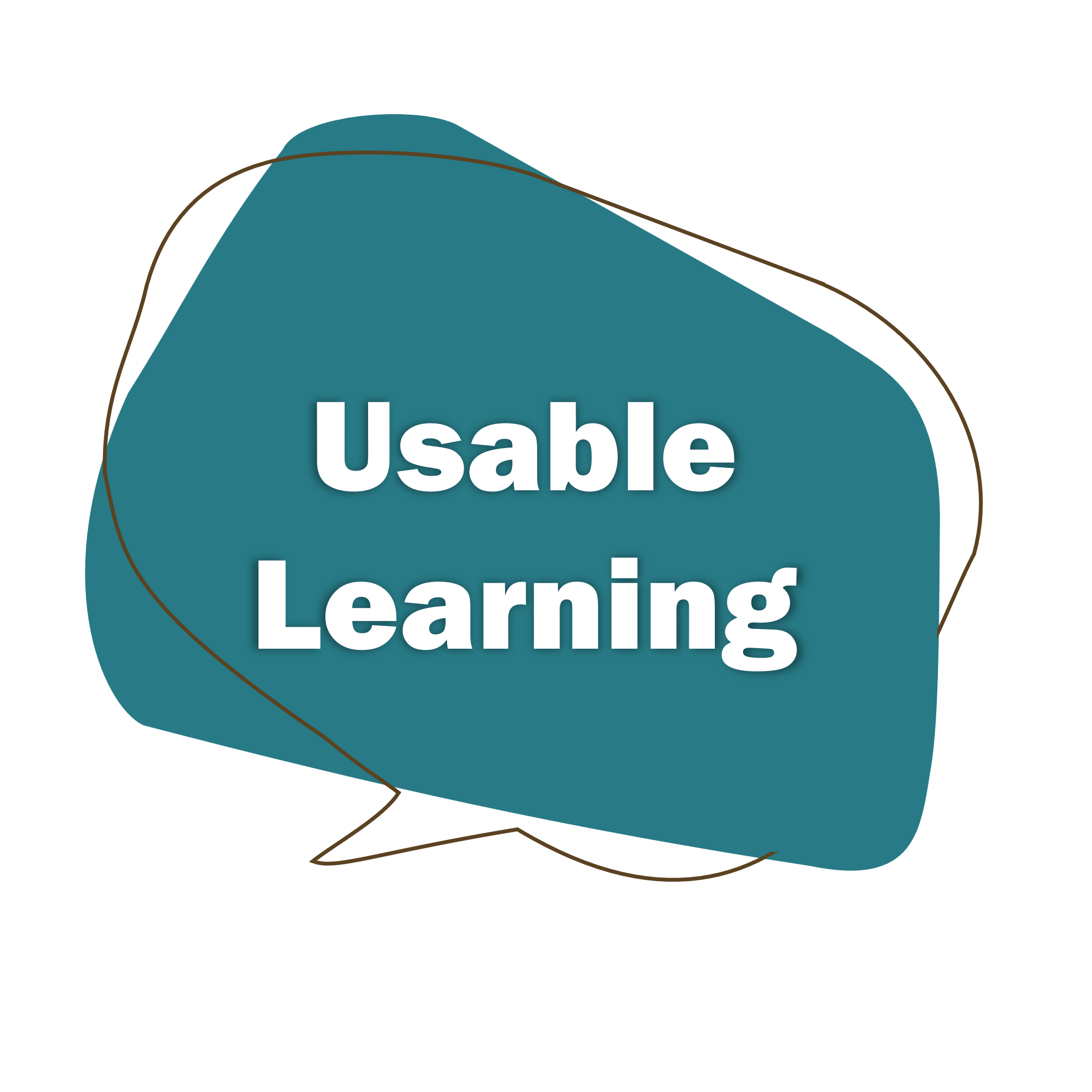We all carry around implicit bias. It’s embedded in the culture, and it’s hideously obvious that it can lead to horrible tragic results.
This is study that has really been influencing my thinking about a habit-based approach to behavior change. The results actually show reduction in people’s implicit racial bias. It’s remarkable and rare to change something so deeply ingrained.
I’ve been using this study as an example of a habit-based approach to behavior change, but it seems timely to talk about these actual strategies — not as an example, but as an actual opportunity to improve our own bias.
Here’s the actual study:
Long-term reduction in implicit race bias: A prejudice habit-breaking intervention
Patricia G. Devine, Patrick S. Forscher, Anthony J. Austin, and William T. L. Cox
J Exp Soc Psychol. 2012 Nov; 48(6): 1267–1278.
Here’s what they found:
Students took the Black-White Implicit Association Test (IAT) to test their level of implicit racial bias. This test is adminstered via Harvard University. I recommend you try it yourself here: https://implicit.harvard.edu/implicit/takeatest.html
Then participants engaged in five habit-based strategies to counteract their own implicit racial bias. This is important because participants watched for their own bias to show up and engaged in deliberately counteracting the incidents with one or more specific habit strategies. This gets at behavior rather than just intent.
Here are the specific strategies from the study:
- Stereotype replacement
This strategy involves replacing stereotypical responses for non-stereotypical responses. Using this strategy to address personal stereotyping involves recognizing that a response is based on stereotypes, labeling the response as stereotypical, and reflecting on why the response occurred. Next one considers how the biased response could be avoided in the future and replaces it with an unbiased response (Monteith, 1993). A parallel process can be applied to societal (e.g., media) stereotyping. - Counter-stereotypic imaging
This strategy involves imagining in detail counter-stereotypic others (Blair et al., 2001). These others can be abstract (e.g., smart Black people), famous (e.g., Barack Obama), or non-famous (e.g., a personal friend). The strategy makes positive exemplars salient and accessible when challenging a stereotype’s validity. - Individuation
This strategy relies on preventing stereotypic inferences by obtaining specific information about group members (Brewer, 1988; Fiske & Neuberg, 1990). Using this strategy helps people evaluate members of the target group based on personal, rather than group-based, attributes. - Perspective taking
This strategy involves taking the perspective in the first person of a member of a stereotyped group. Perspective taking increases psychological closeness to the stigmatized group, which ameliorates automatic group-based evaluations (Galinsky & Moskowitz, 2000). - Increasing opportunities for contact
This strategy involves seeking opportunities to encounter and engage in positive interactions with out-group members. Increased contact can ameliorate implicit bias through a wide variety of mechanisms, including altering the cognitive representations of the group or by directly improving evaluations of the group (Pettigrew, 1998; Pettigrew & Tropp, 2006).
The results were successful in reducing implicit racial bias (as measured by the IAT) for the intervention group:
As I mentioned above, this is an exceptional result. Traditional diversity classes often produce good intentions but little behavior change, and rarely address the deep level of unconscious bias.
Hope this is helpful. – Julie


Thank you, Julie! I’m passing this along.
Did you see this study? http://www.vox.com/2016/4/7/11380974/reduce-prejudice-science-transgender
They had positive results and it also involved perspective taking.
In my work, I devised something called “The Video Tape Test” to separate useful habits from others.
It’s simple: if I can tape record a habit, then it’s a sign I can train someone to perform it and subsequently coach them to improve performance.
By this standard, Covey’s 7 Habits wouldn’t qualify, based on the high level definition.
The ones in this article would need some further work to pass the test, but it would be worth the effort. I find that there’s a big difference between a habit defined in an academic paper and one which can be effectively trained in a teacher-learner relationship.
I also find that there’s a lot of reliance on “mental tricks” which are well-intended, but produce “habits” which are so vague, it makes it easy for people to fool themselves into thinking they are being effective when they aren’t.
Francis
Thank you!!!